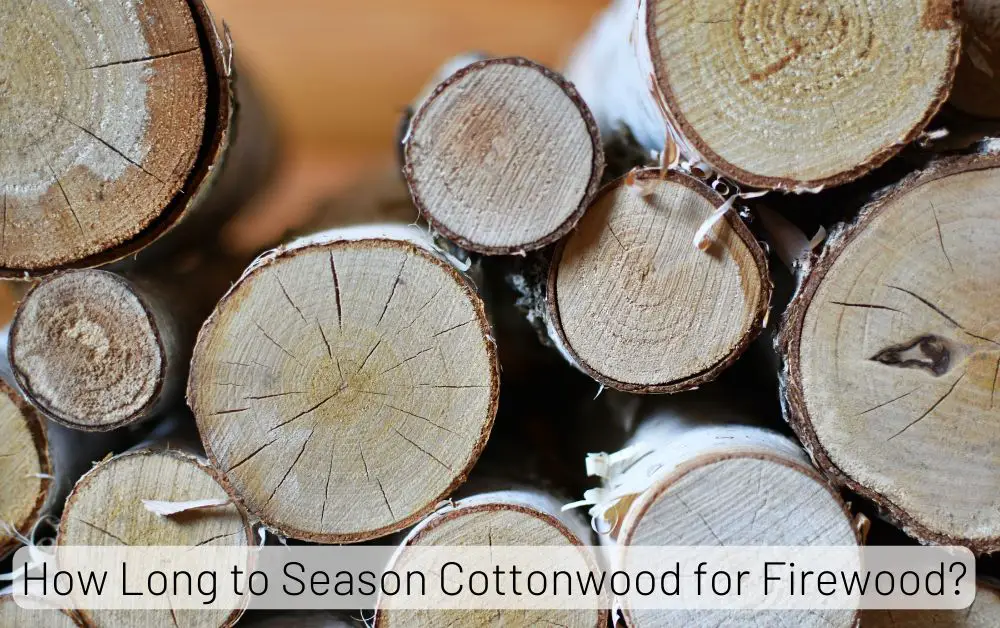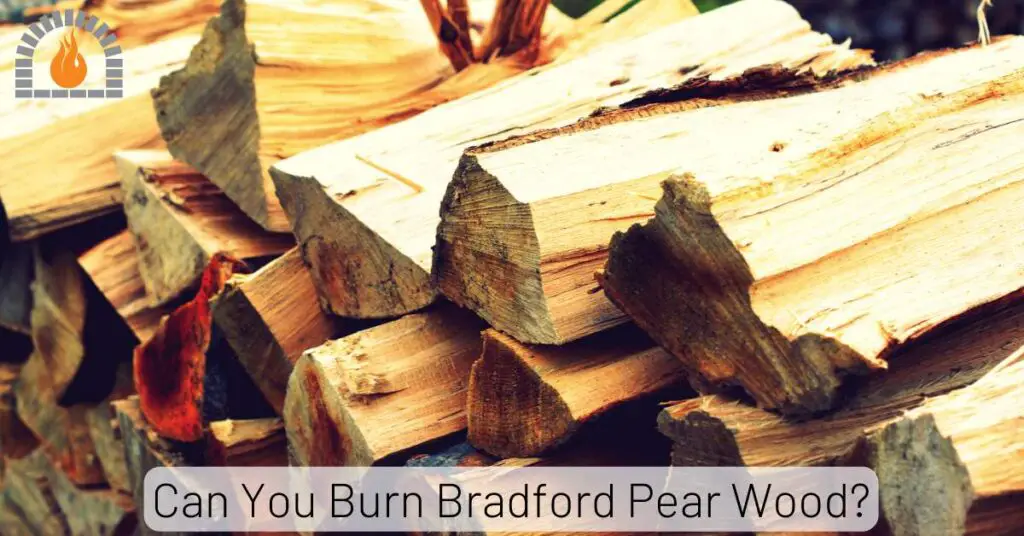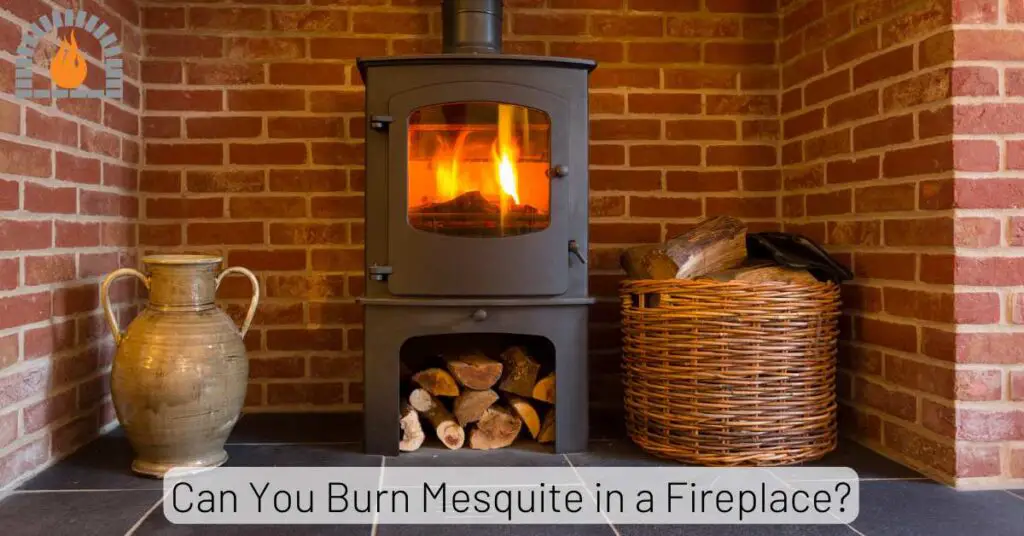When it comes to choosing firewood, the type of wood you select can make a significant difference in your fireplace or wood stove experience. Pine is a common tree species found in many regions, but is pine good firewood? The answer isn’t as straightforward as you might think.
In this in-depth guide, we’ll explore the pros and cons of using pine as firewood, how it compares to other types of wood, and tips for burning it safely and efficiently.
Whether you’re a seasoned firewood user or a beginner, this post will help you decide if pine is the right choice for your heating needs.
Key Takeaways
- Pine burns hot and fast, making it ideal for kindling but less efficient for long-lasting heat.
- It contains high levels of sap and resin, which can lead to creosote buildup in chimneys if not burned properly.
- Pine is readily available and affordable, making it a popular choice in many regions.
- Proper seasoning and burning techniques are essential to minimize risks and maximize efficiency.
- While pine is not the best firewood for all situations, it can be a good option when used correctly.
Pine Firewood Stats
Is Pine Good Firewood?
Pine can be used as firewood, but its suitability depends on the context and intended use. It is excellent for kindling due to its high sap content, which acts as an igniter and makes it easy to light. The smell of burning pine firewood is often enjoyed and adds ambiance to outdoor fires.
Pine firewood is also generally inexpensive compared to hardwoods like oak firewood or hickory, and it can sometimes be found locally for free. However, pine has some drawbacks that make it less ideal for certain applications. It produces less heat per unit volume than hardwoods because it burns quickly and has a lower BTU rating.
Pine is good firewood however the resin in pine makes it messy and can lead to creosote buildup if not properly seasoned or burned at low temperatures. Furthermore, due to its fast-burning nature, you may need more pine than other types of wood for sustained heating.
Despite these limitations, pine remains useful in specific situations. It’s perfect for starting fires outdoors or in fireplaces where ease of ignition is important. For short campfires or decorative purposes where a quick burn isn’t a concern, pine works well too.
However, if you’re looking for long-term indoor heating solutions with high efficiency and minimal maintenance issues related to sap content and creosote buildup, hardwoods might be a better choice overall.
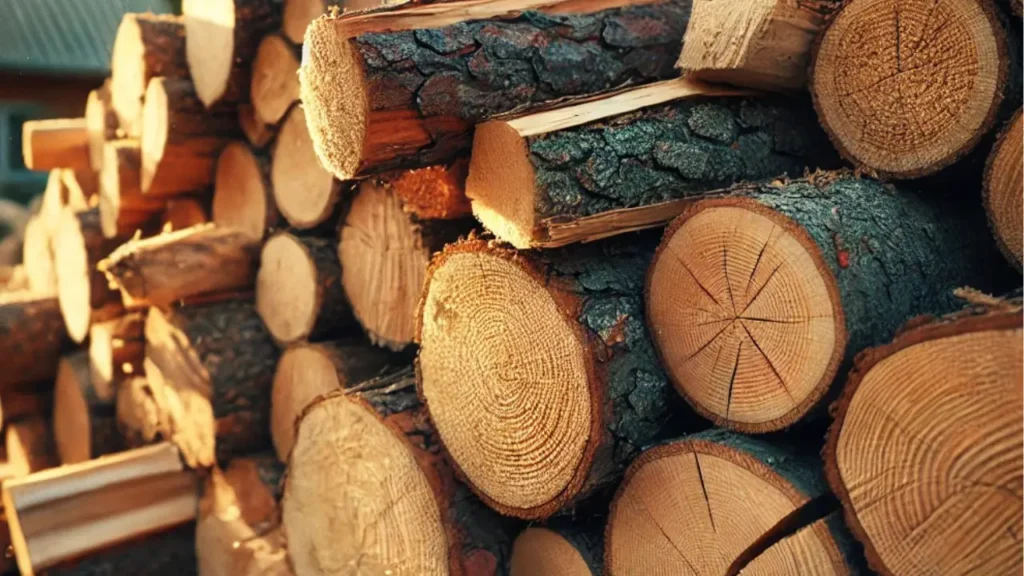
What Makes Pine Unique as Firewood?
Pine is a softwood, which means it’s less dense than hardwoods like oak or maple. This characteristic gives pine some unique properties when used as firewood:
- Fast Burning: Pine ignites quickly and burns at a high temperature, making it excellent for starting fires.
- High Resin Content: The sap and resin in pine create a pleasant aroma but can also lead to more smoke and creosote.
- Easy to Split: Pine is relatively easy to split, even when green, which makes it convenient for processing.
Pros and Cons of Using Pine as Firewood
Pros
- Pine tree firewood is perfect for kindling or getting a fire started quickly.
- Pine trees are abundant in many areas, making this firewood easy to find and often more affordable.
- The natural resins in pine produce a pleasant scent when burned.
- Pine is softer and easier to split than hardwoods, saving time and effort.
Cons
- Pine firewood burns quickly, so it’s not ideal for maintaining a long-lasting fire.
- The high resin content can lead to creosote accumulation in chimneys, increasing the risk of chimney fires.
- Pine tends to produce more smoke than hardwoods, which can be a nuisance and a health concern.
How Does Pine Compare to Other Types of Firewood?
| Firewood Type | Heat Output (BTUs) | Burn Time | Ease of Splitting | Creosote Risk |
|---|---|---|---|---|
| Pine | 15-17 million BTUs/cord | Short | Easy | High |
| Oak | 24-28 million BTUs/cord | Long | Difficult | Low |
| Maple | 20-24 million BTUs/cord | Moderate | Moderate | Low |
| Birch | 20-22 million BTUs/cord | Moderate | Easy | Moderate |
Heat Output of Pine vs. Other Firewood
| Firewood Type | BTUs Per Cord (Million) |
|---|---|
| White Pine | 15.9 |
| Lodgepole Pine | 21.1 |
| Oak (Red) | 24.0 |
| Maple (Sugar) | 26.2 |
| Hickory | 27.7 |
Final Verdict: Is Pine Good Firewood?
Pine is a decent firewood choice, but it’s best used in specific situations. If you need quick heat, kindling, or firewood for outdoor use, pine is excellent. However, for long-term heating, a denser hardwood like oak or maple is a better option. The key to using pine effectively is proper seasoning and responsible chimney maintenance.
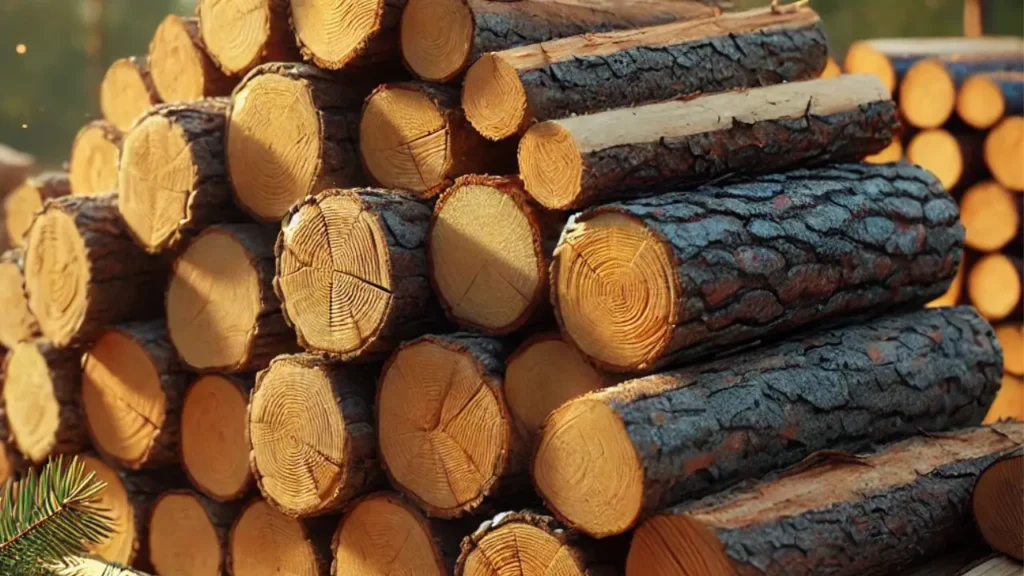
FAQs
Can I burn pine in my indoor fireplace?
Yes, but ensure it is well-seasoned and clean your chimney regularly to prevent excessive creosote buildup.
Is burning pine bad for my chimney?
Pine produces more creosote than hardwoods, so frequent chimney cleaning is necessary to prevent fire hazards.
How long does pine firewood take to dry?
Pine typically takes 6–12 months to season properly, depending on climate conditions and storage methods.
Can I mix pine with other firewood types?
Absolutely! Mixing pine with hardwoods like oak or maple can balance burn efficiency and heat output.
Does pine smell good when burned?
Yes, pine emits a pleasant, resinous aroma that many people enjoy, especially in outdoor fires.
Affiliate Disclosure: Fireplaceadviser.com is a participant in the Amazon Services LLC Associates Program. We may earn a commission when you click on certain links on this site and purchase.

Hello!! I am Jamal Khan. I often fix my home electric heaters and gas stove problems and research the common issues in the heating units to improve my knowledge and expertise. The aim of establishing fireplaceadviser.com is to share my expertise and knowledge with my audience.













